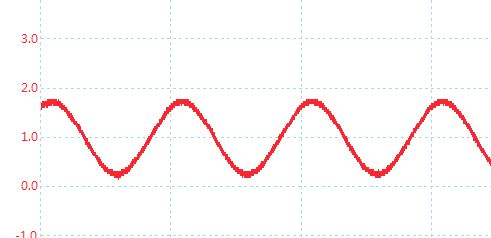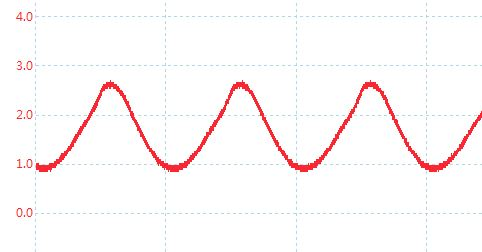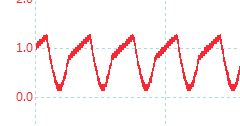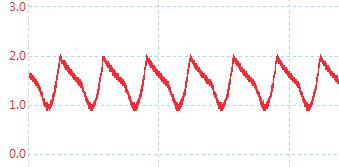Part Number: FILTERPRO
Tool/software: TINA-TI or Spice Models
HI :
I used"filterpro" to design a high pass filter, i choosed the "Mutiple Feedback ftilter", then i used TINA to simulation, and i found the result is related to the source resistor, and then i verify the result on the board, i want to ask how can i solve the problem? can you provide a good method? by the way , the op-amp is "ADA4841"
thanks for your reply!





